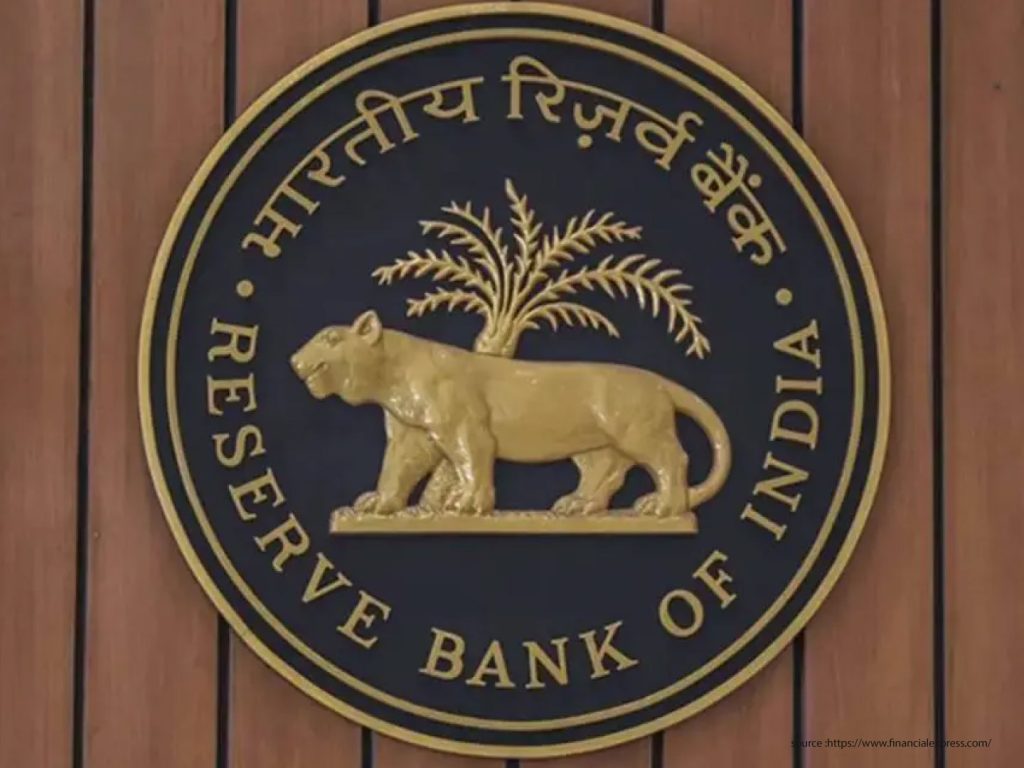Search
Lenders Urge RBI to Lower Provisions for Infrastructure Loans Due to Lower Default Risk
June 06, 2024

Lenders in India are asking the Reserve Bank of India (RBI) to lower the amount of money banks must set aside for infrastructure loans. This request comes after a steady decrease in the chance of default (PD) in the sector, which has dropped to 2% or less over the past five years.
According to the RBI’s draft guidelines for project finance, banks need to set aside 5% of the loan amount during the construction phase of a project. As the project progresses, this amount can decrease. Once a project is operational, the required provisions can drop to 2.5% of the remaining loan amount, and possibly even to 1% under certain conditions.
The PD is a crucial measure in assessing credit risk. It indicates the likelihood of a borrower defaulting on their debt within a specific period. Over the last ten years, the average PD for infrastructure loans was around 5%. This high rate was due to a spike in non-performing assets (NPAs) after the introduction of the Asset Quality Review (AQR) guidelines.
From 2018 to 2023, the average PD for infrastructure loans has dropped to around 2%, boosting confidence in the sector. If current trends continue, the PD could fall even further this year. This improvement has also attracted private sector players who were previously reluctant to invest in infrastructure.
RBI data shows that the gross NPA of banks has dropped from a high of 11.2% in March 2018 to a decade-low of 3.2% in September 2023. This decline is largely due to the resolution of disputes related to large infrastructure projects. Before 2015, many infrastructure loans became NPAs due to court rulings on issues like 2G spectrum allocation and mining disputes.
In the past five years, auctions in telecom, iron ore, and coal mining have gone smoothly without major disputes. Improved systems have resolved issues like land acquisition and environmental clearances, which previously caused a rise in NPAs.
Experts believe these improvements should be taken into account when calculating the PD, supporting the argument for lower provisioning requirements for infrastructure loans.
Important Links:
- 4-IN-1 Professional Diploma in Banking, Financial Services & Insurance (PDBFSI): https://ask.careers/courses/4-in-1-professional-diploma-in-banking-financial-services-insurance-pdbfsi/
- Indore: https://ask.careers/cities/indore/
- Mumbai: https://ask.careers/cities/mumbai/
- Ahmedabad: https://ask.careers/cities/ahmedabad/
- Pune: https://ask.careers/cities/pune/
- TSCFM: https://ask.careers/institutes/tscfm/



